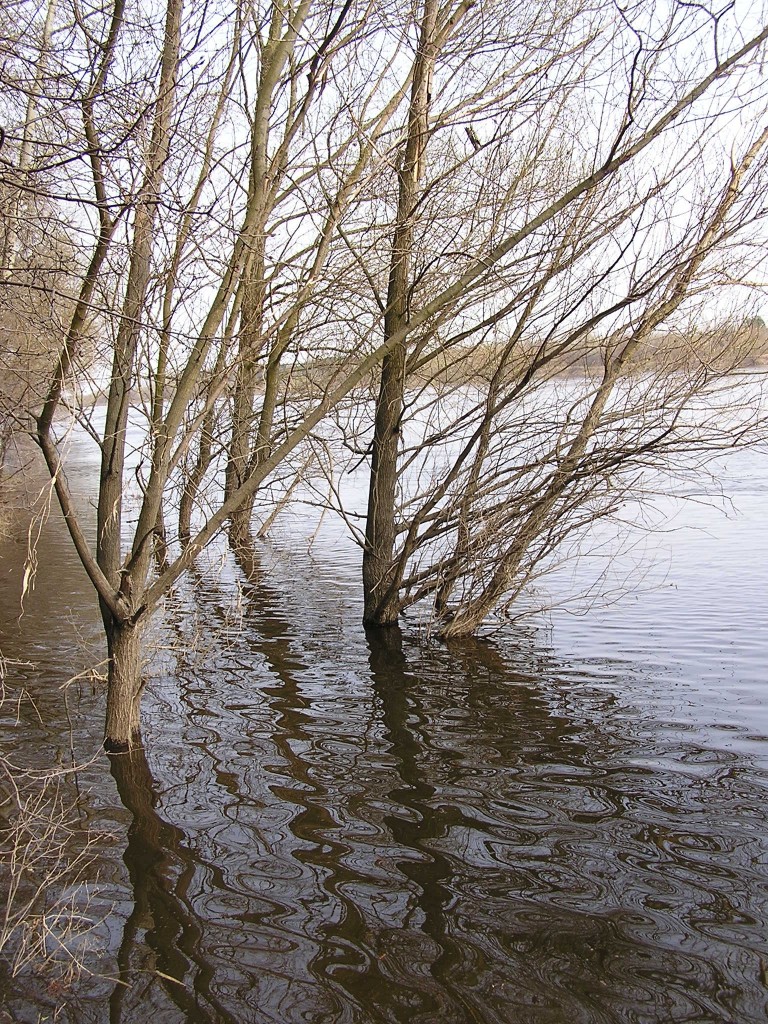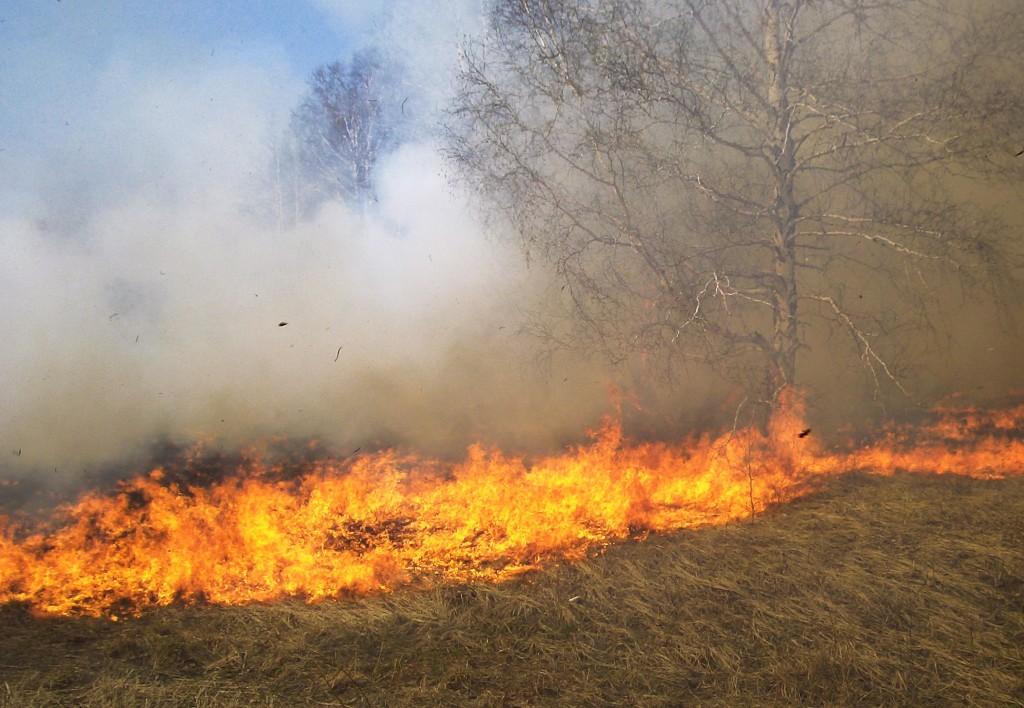Happy spring equinox, everyone! As the season grows warmer and temperatures rise, that means the potential for wildfires and floods rises as well. To help prepare Colorado for the upcoming wildfire and flood seasons, Governor Hickenlooper has declared this week to be Colorado Flood Safety and Wildfire Awareness Week.
To help us all be more aware of wildfires and floods, we thought we’d try to offer a little insight about what exactly causes wildfires and floods to happen. We’ll also discuss the difference between a watch versus a warning, and offer a couple quick tips to help you prepare for a catastrophe as well.
Floods basically come in two types: river floods and flash floods. River floods are typically caused by prolonged heavy rain or rapid snowmelt, and tend to be a little easier to predict.
Flash floods are sudden rises of water along rivers, creeks, canyons, or over a stretch of land that is usually dry. They are caused most frequently by heavy rains, but can also be caused by an ice jam or dam that breaks free. The likelihood of a flash flood also increases after a wildfire burns an area, since the burned vegetation can no longer hold in the moisture of a rainstorm.
Of the two floods, flash floods tend to be more dangerous, since they can so quickly catch people off guard. A flash flood can occur within minutes after the event that caused it, which makes them particularly difficult to predict.
Flash floods claim the majority of flood fatalities, and many flash flood fatalities are vehicle related. Remember to NEVER try to cross a flooded road in your car. The depth and force of floodwater is difficult to predict, and flood accidents can happen so quickly that by the time a driver realizes the risk, it’s often too late.
Wildfires can be caused by both natural and human causes, with human activity causing the majority of wildfires. Unattended campfires, negligent burning of debris, carelessly discarded cigarettes, and arson have all been the cause of wildfires in Colorado. Natural causes, such as lightning and even lava, have also been known to cause wildfires.
A number of indicators can help to determine how much risk a wildfire may pose in an area. Hot weather, drought, dead plants (think beetle-kill pine), and human activity are among the factors used to determine wildfire risk.
If a flood or wildfire watch has been issued, this means the conditions are right and the threat is present. Be on the lookout for any changes in the conditions, or for any indications that a flood or wildfire is in the area. A flood or wildfire warning means the danger is present or will occur very soon in the identified area.
If your area experiences a flood or wildfire warning, take immediate action to protect yourself and your property. It’s best to just get out of harm’s way as quickly as possible. You can grab important property if you have some time, but never underestimate how quickly floods or wildfires can occur. It’s not risking life and limb for property! It’s best to just safely and quickly evacuate, and besides, Rocky Mountain Catastrophe can help you fix any flood or fire damage to your property either way!
To contact Rocky Mountain Catastrophe, call us at 970-722-7744 or email [email protected].



